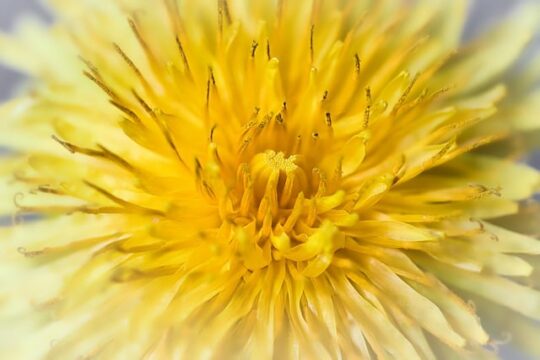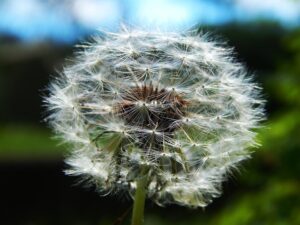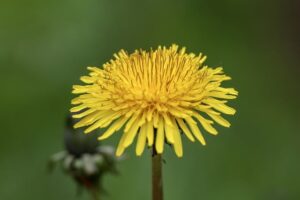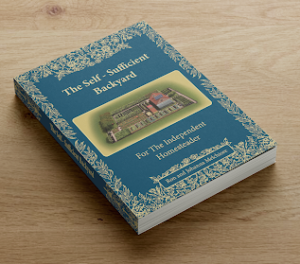Introduction
Dandelion (Taraxacum officinale) is a flowering herb belonging to the Asteraceae family. It is considered a weed, but this little plant has many medicinal benefits and uses that are valuable to humans. Dandelion was one of the first greens to appear in the spring and was used as both food and medicine by indigenous peoples and is still used by herbalist today. Read on to learn about the medicial properties of dandelion!

Identifying Dandelions:
At first glance, dandelions may appear as nothing more than an annoying weed – but with careful observation you can easily distinguish them from other plants. They have hollow stems and deeply-toothed leaves which form in clusters of basal rosettes at ground level – all parts of the plant exuding a milky white sap when broken or cut. A single stem supports one yellow flower head which will eventually transform into a puffball of fluffy seed heads when ripe.
Dandelion Habitat
Dandelions are hardy and adaptable plants that tend to thrive in a variety of habitats. They can grow in soils with low fertility, tolerate drought, and flourish in sun or shade. Dandelions are perennials that sprout from long taproots, enabling them to survive in many climates. The plant’s flowers bloom throughout the spring and summer months, allowing its seeds to spread quickly. Though many consider them a weed, dandelions are also a food source for pollinators and can have positive benefits to local ecosystems. As such, they can be found in gardens, lawns, meadows, and other areas with plenty of open space. With their quick growth rate and ability to survive in a variety of climates, it’s no wonder that dandelions are such a common sight around the world.
Medicinal Properties of Dandelion:

Dandelion is rich in vitamin A, B6, C, iron, magnesium and calcium. It also contains essential minerals like potassium that helps maintain the water balance of our body. The medicinal properties of dandelion has been used for centuries to treat various ailments such as digestion problems, depression and skin disorders. The leaves of dandelion are known to be a diuretic which can help promote regular urination and reduce bloating or water retention.
Dandelions, often seen as simple garden weeds, are in fact a rich source of numerous chemical compounds. Here are some of the main ones:
- Taraxacin: A bitter substance found mainly in the plant’s roots.
- Taraxasterol: A type of sterol, which has anti-inflammatory properties.
- Triterpenoids: Organic compounds that are known to have health benefits, such as anti-viral, anti-inflammatory, and anti-cancer properties.
- Flavonoids: These have antioxidant properties and contribute to the plant’s color.
- Phenolic compounds: These also have strong antioxidant properties.
- Inulin: A type of dietary fiber found in a variety of plants, including dandelions.
- Coumarins: These have potential anti-inflammatory and anti-oxidant effects.
- Vitamins and minerals: Dandelions are also rich in vitamins A, C, and K, and contain substantial amounts of iron, calcium, magnesium, and potassium.
Uses of Dandelion:
Aside from its medicinal uses, dandelions can be used in the kitchen as well! The leaves are edible when young and can be sautéed or eaten in salads. The buds and flowers can be used to make dandelion wine or infused honey, while the roots can be dried and brewed as a caffeine-free coffee substitute. Dried leaves are also commonly used for tea which is said to have calming effects due to its rich antioxidant content. This article belongs to pineyriverhomestead.com published 9-18-23
Dandelions may not always seem like the most appealing plant, but they offer many benefits that shouldn’t go ignored. With proper identification and an understanding of their medicinal properties and uses, you can gain more appreciation for this little weed!
How to Use Dandelion in Various Forms

Dandelions have several health benefits and can be used in different ways. One popular way is by making dandelion tea, which has a pleasant herbal taste and is rich in antioxidants. To prepare the tea, boil two cups of water and add a teaspoon of dried or fresh dandelion leaves to it. Let it steep for five minutes, strain it, and serve.
Another popular use for dandelions is making creams from them. These creams can be applied on the skin or consumed to reduce inflammation, soothe irritated skin, and moisturize dry skin. To make a dandelion cream, you just need to mix equal parts of dandelion root powder and a carrier oil such as coconut or jojoba oil. Heat these ingredients under low flame until they are hot enough to mix and then blend continuously until the mixture is well-combined.
Dandelion poultices have been a popular remedy for treating skin conditions like eczema, psoriasis, and acne for centuries. To make one, finely grind dried or fresh dandelion root into a powder and mix it with equal parts of warm water until it turns into a paste. Apply the paste to the affected area as necessary.
Dandelions can be turned into a tincture, a liquid extract made with alcohol. To make it, chop up the dandelion root and add it to a jar filled with high-proof alcohol like vodka. Let it sit for at least four weeks, then strain and store in a dark and cool place.
Dandelion can provide numerous potential health benefits through its various forms and could be considered as a natural wellness solution worth exploring. It can effectively alleviate a range of ailments and contribute towards overall holistic well-being if used correctly. By incorporating different forms of dandelion into one’s daily routine, individuals can benefit from the herb’s ancient medicinal properties.
In conclusion, dandelion is more than just a common weed! Its numerous medicinal properties and uses in the kitchen make it a valuable asset to many. It is easy to identify with its distinctive yellow flowers and milky sap, making it a reliable source for natural remedies and flavorful dishes. Whether you’re looking for pain relief or an interesting ingredient for your next meal, dandelion should be at the top of your list!
As always, remember to check with your medical provider before using any herbal. This information is informational and entertaining and not medical advice.
Check out my article on home remedies for Chiggers.
References:
https://www.webmd.com/vitamins/ai/ingredientmono-706/dandelion
https://www.healthline.com/nutrition/dandelion-benefits
https://www.thespruceeats.com/using-dandelion-roots-in-cooking…1887621

